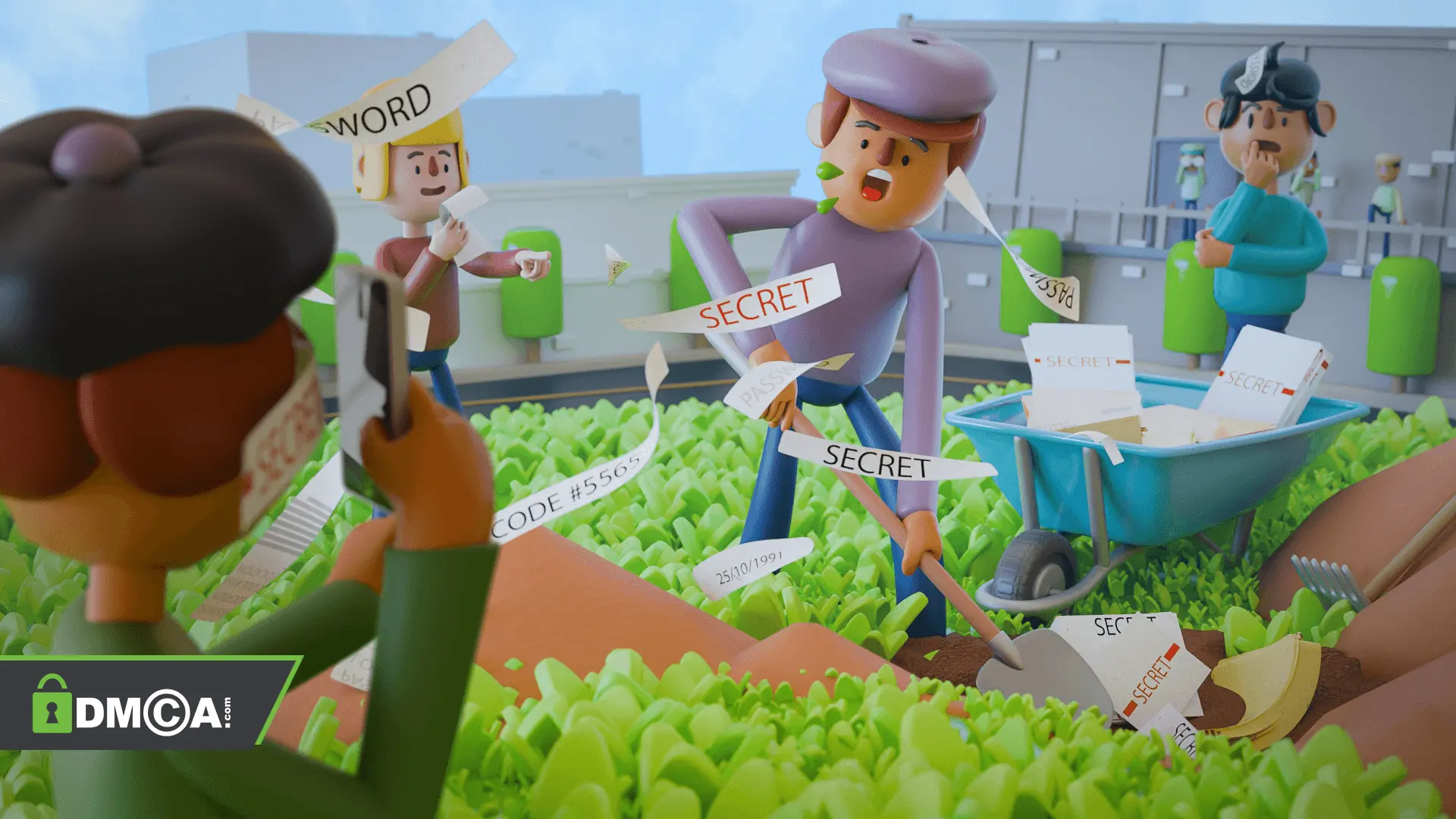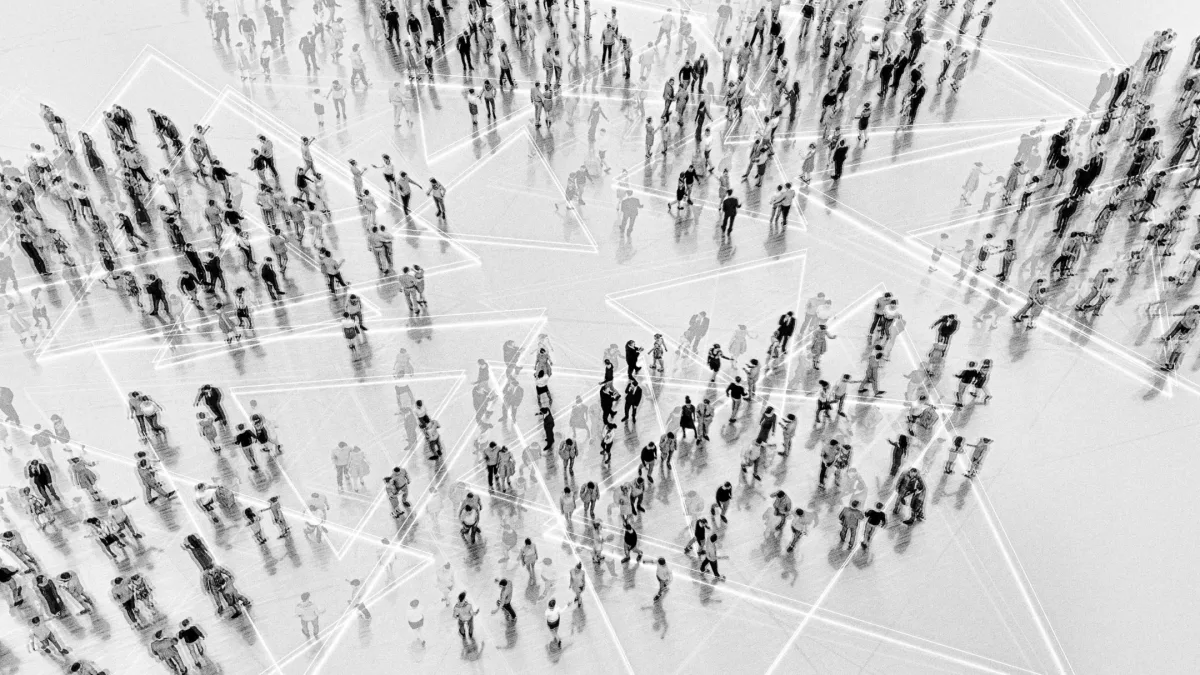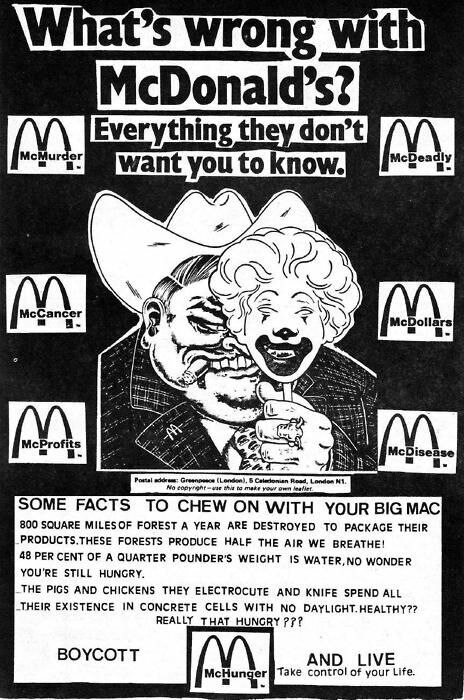« back to articles |
Download PDF |
THIS IS NOT LEGAL ADVICE

Meta Description: This article takes a detailed look at some of the situations and circumstances that gave rise to the popular term “The Streisand Effect”. Some companies have learned from this and have integrated it into their business cultures and decision making.
Introduction
Of all the phenomena fueled by the modern day internet, the Streisand effect is one that stands out. No matter how hard they try, brand names and celebrities seem to keep falling into its subtle traps. However, the effect does not strictly happen on the internet, nor does it only affect celebrities or popular brands.
While no one is above the Streisand effect, there are definitely ways to avoid it. This article will cover what the Streisand effect means, popular case studies, strategies to avoid it, and how to successfully handle it.
What is the Streisand Effect?
Imagine this scenario, you try to dab off an ink drop stain, but it only ends up spreading. The more you dab, the more the ink spreads. This is a simple explanation of the Streisand effect.
The BBC defined it as an online phenomenon in which an attempt to hide or remove information - a photo, video, story etc - results in the greater spread of the information in question.
This phenomenon was named after the popular singer and actress, Barbara Streisand, who, in an attempt to take down a picture of her house, ended up making the picture go viral.
The Streisand effect has become an umbrella term, housing many implications and societally-relevant connotations.
Terms such as censorship, blowback, astroturfing, oppression, backfire are typically used whenever the effect occurs. The social implications of the Streisand effect have been seen throughout history. It follows a typical pattern which will be outlined as you read on.
Barbara Streisand and the Streisand Effect

By Copyright (C) 2002 Kenneth & Gabrielle Adelman, California Coastal Records Project, www.californiacoastline.org, CC BY-SA 3.0
In January 2003, a photographer named Kenneth Adelman took over 12,000 photos of the eroding California coastline as part of the California Coastal Records Project. Of the thousands of pictures taken at an aerial view from a helicopter, one coincidentally captured a shot of the Malibu mansion of popular singer and actress, Barbara Streisand.
Streisand proceeded to sue the photographer for $50 million in a case of privacy violation. She claimed that the image showed access into her private property.
Ultimately, the case was dismissed in December of that same year and the tables turned. Streisand ended up paying Adelman’s legal fees of about $177,000.
But this is where it gets interesting. Prior to the lawsuit, the image of the Malibu mansion had only been downloaded five times; twice by Streisand’s own lawyers. However, after the news of the lawsuit spread like wildfire, the site saw over 420,000 new visitors, all coming to view the image of the Malibu mansion.
It goes without saying that, if left alone, only a handful of people might have seen that photo. However, Stresiand pushed for a lawsuit and her quest for privacy was dismissed as swiftly as the lawsuit. And so the Streisand effect was born.
History and Origin of the Streisand Effect
While this phenomenon of wanting to hide or remove information only for the information to spread was termed in 2005, it’s not something new. The effect can be seen throughout history, and even goes as far back as 356 BC in Ancient Greece.
Herostratus was a young man who set fire to the Temple of Artemis and was later executed for his crimes. The Ephesean authorities ordered that Herostratus’ act should be forgotten and banned everyone from talking about him. However, centuries later, his name still comes up for his deeds.
In 2005, the term “Streisand effect” was coined by Mike Masnick of Techdirt in one of his blogs. Since then,the term has been used to describe hundreds of other scenarios that played out similar to Streisand’s.
Psychology of the Streisand Effect

The Streisand effect is proof that humans will always react in some way or other to oppression and suppression. Psychologists have long proven the effect of the forbidden fruit principle, where censorship increases the desire for a thing. It is certainly paradoxical in nature. Marketers constantly make use of this principle as one of their major strategies to increase desire for their products or services.
The Streisand effect may be seen as an offshoot of psychological reactance. This is when people find out that information is being withheld and they go out of their way to bring it to light.
Psychological reactance is a behavior taken on the offense whenever people suspect any actions that threaten their freedom, be it freedom of speech or behavioral freedom.
The Streisand effect will always be a part and parcel of human behavior, as curiosity is inherent in humans. Any attempts at prohibitions will only lead to greater and wider spread blowbacks.
Notable examples of the Streisand effect
Barbara Streisand stands as the figurative Patient Zero of the Streisand effect. As mentioned earlier, history has recorded a number of these cases before it was ever named. The Streisand effect however, has become increasingly popular in pop culture and a number of incidents have proven that.
In 2013, after the Superbowl halftime show, Buzzfeed posted some interesting images of Beyonce mid-performance. Shortly after the post went up, her publicist quietly reached out to Buzzfeed to take down some of the “unflattering” pictures. Buzzfeed doing what Buzzfeed does, posted the mail they received, including the highlighted images that the PR team tried to hide. What happened next was a proliferation of the images all over social media, including some creative memes that spread like wildfire.
Some years ago, Ryan Giggs was subject of a super-injunction involving an affair with model Imogen Thomas. Hundreds of thousands of Twitter users got angry at the super-injunction and proceeded to aggressively tweet and retweet about Giggs and his affair. Ultimately, Giggs gave up and admitted to being the footballer behind the injunction.
The Pirate Bay is a site for pirated movies, TV shows, games, and music for some niche visitors. After a British lawsuit to take down the website rose up, the site received over 12 million new visitors, as recorded in their blog.
A multinational oil company, Transfigura, in 2009 obtained a super-injunction against The Guardian reporting a scandal concerning the 2006 Ivory Coast toxic waste dumping. This waste dump caused thousands of Ivorians to fall sick. The Guardian reported that it could not respond to a parliamentary question concerning the waste dump and a blogger traced the question to the waste dump. Shortly after, Transfigura started trending on Twitter with microbloggers uncovering the details of the case. It didn’t take long for Transfigura to lift the gag order and the story was published.
Cases of the Streisand effect are varied and endless, however, the pattern of human behavior seen there is consistent with psychological reactance.
The Role of the Internet with the Streisand Effect

By London Greenpeace - https://ar.pinterest.com/pin/28147566395819721/, Copyrighted free use, https://commons.wikimedia.org/w/index.php?curid=92030013
The Streisand effect is very much fueled by the internet, though not limited to it. The internet has been termed the “world’s biggest and most efficient copying machine” by The Guardian.
Its role in propagating news cannot be overemphasized.
The internet has perhaps been the biggest tool when it concerns the Streisand effect. As explained in the Guardian piece, when an information is uploaded on the internet and people search for it, the web cache and the location of the new file is updated. It becomes next to impossible to scrub the file off the internet. Also, once people sense that the information is being obscured from them, they dig deeper in search of it.
However, there are some cases which have spread like wildfire without too much interference from the internet. The McLibel case is a good example. In this case, two activists were sued for libel against McDonald’s. The case was a nightmare for the food chain conglomerate and dragged on for over ten years.
The Streisand case and other similar cases show the major role social media, the internet, and the digital age contribute to the spread of information. It also underscores the need to exercise extreme caution when dealing with the internet as it only takes a word to turn obscurity into publicity.
Strategies to avoid the Streisand effect
There have been cases where public or private bodies or individuals have successfully avoided the Streisand effect. There are a number of methods one can employ to avoid the dreaded effect in a situation.
- Online reputation management: This is especially relevant for public figures or bodies. Reputation managers are skilled in handling crisis and sensitive matters. They are mostly capable of addressing it, containing it, communicating with others about it, and effectively defusing the situation.
- Evaluate the need for secrecy: Sometimes, the question should be if that information you’re trying to hide is really as big a secret as you think.
- Ignorance: Sometimes the best response is none at all, especially in minor or insignificant cases.
- Clear and strategic communication: When addressing a possible situation likely to inform the Streisand effect, sometimes, sending out a clear and concise message concerning the matter works. Ensure to stick with facts and avoid sentimental or emotional language.
- Caution: This goes without saying that caution is key when dealing with information and the internet. One should always be mindful of the information exposed on the web. However it is understandable that situations may come to you when you don’t expect, as in the case of Barbara Streisand. However, a lawsuit, as we learned, may not be the best response.
How some brands have successfully handled the Streisand effect
Source: Pexels
Budweiser noticed a craft brewery in Minneapolis had named their beer Willy Willy, a phrase copyrighted by Budweiser. Instead of hitting the brewery with a lawsuit, they took the humorous route. Dressed in a town crier outfit, they hired a town crier to serve their cease and desist letter in a medieval fashion. The name of the beer was changed, they got some publicity, and Budweiser gave them some Super Bowl tickets.
SpaceX took a similar approach during the launch of their Falcon Heavy rocket in 2018. A sign on the dashboard had the words “don’t panic” which some critics thought was inappropriate for something as serious as space travel. Elon Musk approached the criticism with humor, took to Twitter, and referenced The Hitchhiker’s Guide to the Galaxy, which defused the situation.
Netflix also approached a cease and desist letter with fondness when a bar in Chicago used a Stranger Things theme design. Their communication to the bar had some Stranger Things references and even commended the bar for their creativity. However, they were able to still pass across a stern warning to the bar to desist from using their theme.
A US fast food chain, South Philly, named their chicken philly sandwiches after a rival brand. They were served a cease and desist letter from the rival. They quickly changed the name of the sandwich to the Chicken Cease and Desist and proceeded to use the cease and desist letter in their packaging of the sandwich.
These examples show that a person or brand can carefully sidestep the pitfall of the Streisand effect using the powerful combination of wit, humor, and humility.
Conclusion
The Streisand effect serves as a long-standing reminder that the internet is a dynamic, independent, and complex body. Information is a double-edged sword to whomever wields it. Additionally, public perception is varied and cannot always be controlled. However, with some quick and strategic thinking, one can avoid falling victim to the Streisand effect.
Individuals and public bodies can avoid this pitfall by prioritizing open communication and transparency. Acknowledging mistakes and admitting faults openly can also help defuse tension. Ultimately, Streisand accepted her wrong and made light of the situation, which quelled the uproar. She even donated the damages awarded to a coastal preservation group. Beyonce in turn, posted the unflattering images on her social media and owned them, which helped to change the public’s perception about her presumed insecurities.
Other preemptive measures such as caution with information, responsible online behavior, having an online reputation management, and building a positive presence on the internet can also help as a buffer.
It is important to state that not all actions require a reaction and sometimes, selective ignorance can be more effective than responding.
« back to articles |
Download PDF |
THIS IS NOT LEGAL ADVICE
Date Modified: 6/10/2023
Date Created: 6/10/2023
Category: Article
By: Mr. DMCA Helper
This article provided as information only and should not be considered legal advice. Please consult your own lawyers and local laws.
This article was assembled by DMCA.com a private copyright services company.